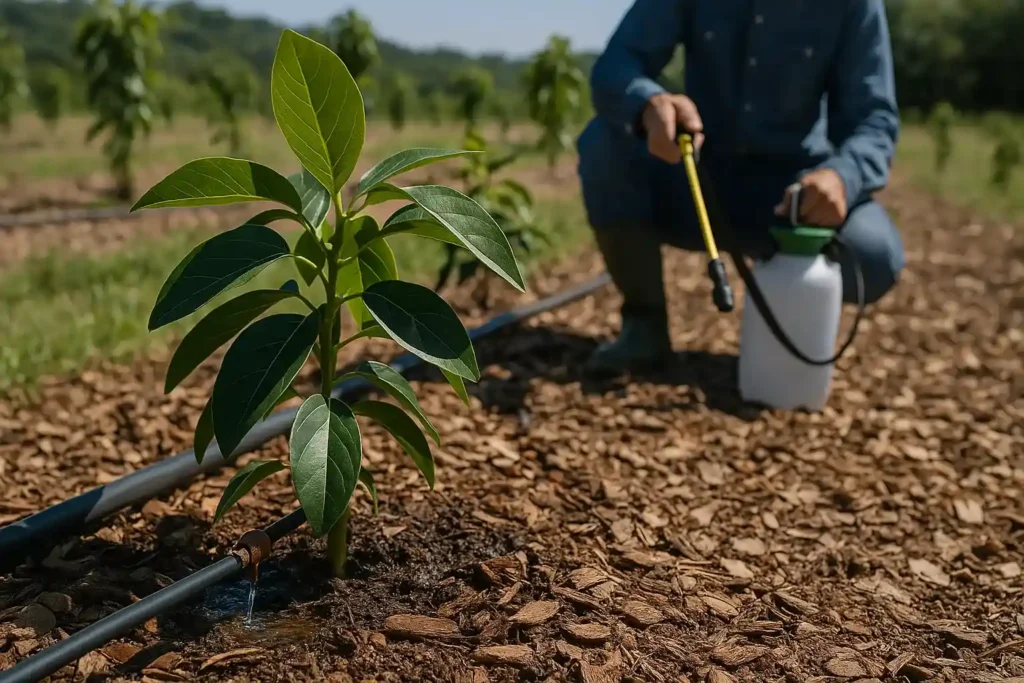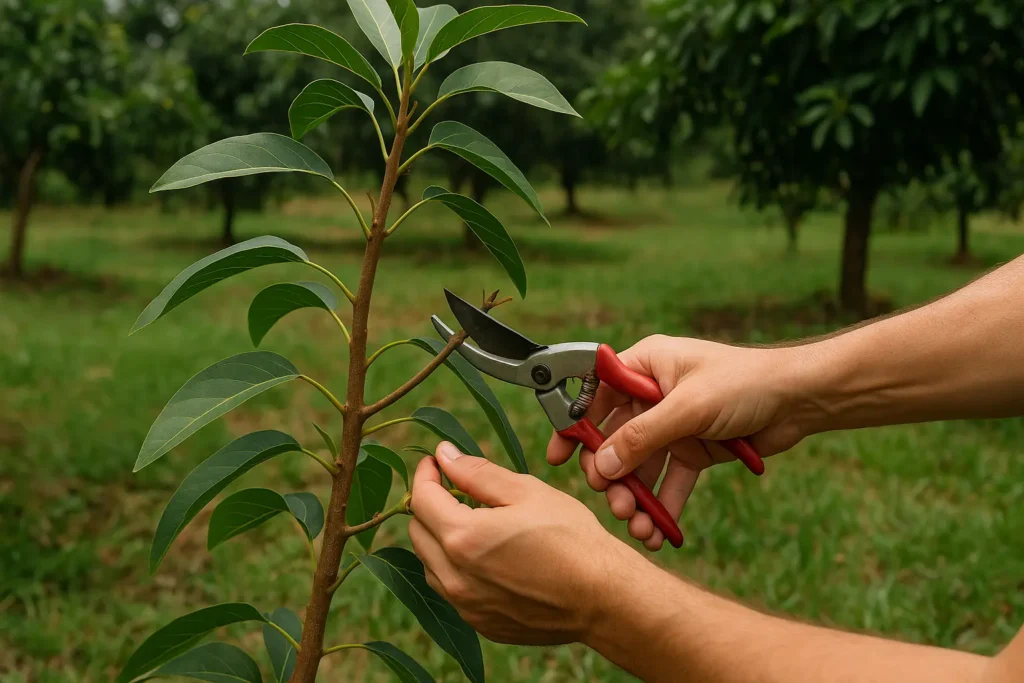Ensuring the cold chain is like preserving the freshness of a treasure in motion, vital in industries such as food and pharmaceuticals. It is the invisible guardian that maintains the quality and safety of products that depend on perfect temperatures.
In this essential guide, we will answer the question: What does it mean to maintain the cold chain? We will explore its crucial importance, unravel the reasons behind its necessity, and discover how innovative practices and emerging technologies are completely transforming this essential field.
What does it mean to maintain the cold chain?
Maintaining the cold chain refers to the practice of preserving sensitive products, such as food, medicines and vaccines, at controlled temperatures throughout their shelf life, from production to final consumption. This process is essential to prevent degradation and the proliferation of bacteria that can compromise the safety and efficacy of these products.
In the food industry, maintaining the cold chain is vital to ensure that products arrive fresh and safe to the consumer. Foods such as meats, dairy products and frozen products must remain in a specific temperature range to avoid contamination. Loss of quality, which affects the taste, texture and nutritional value of the product, is a direct consequence of the interruption in the cold chain. This underlines the importance of understanding what does it mean to maintain the cold chain at every stage of food production and distribution.
Links in the Cold Chain: Production, Storage, Transportation and Distribution
The cold chain consists of several critical links: production, storage, transportation and distribution. Each link must have adequate technologies and well-defined procedures to maintain the necessary temperatures and ensure the quality of the final product.
Production and Storage
In the production phase, it is essential to start temperature control from the beginning. Equipment such as industrial refrigerators and freezers must be calibrated and in good condition to ensure that products remain within their optimal temperature range. During storage, continuous monitoring is essential to prevent any failures that could compromise product quality.
Transport
Transporting products that require a cold chain is one of the most critical links. Vehicles equipped with temperature control systems must be used to ensure that the products do not suffer temperature fluctuations during transport. In addition, training of the personnel in charge of transport is crucial to handle any contingency and ensure that the product arrives in optimal conditions.
Distribution
Finally, in distribution, the cold chain must be maintained until the moment the product reaches the point of sale or the final consumer. Here, the use of advanced technology, such as temperature sensors and real-time monitoring systems, can make a significant difference, allowing companies to identify and correct any deviations in the process.
Challenges in Cold Chain Maintenance
Maintaining the cold chain presents several challenges, which must be addressed to ensure product quality and safety. These include:
- Temperature Fluctuations:These fluctuations can compromise the integrity of products, causing them to lose their nutritional value or efficacy. To overcome this challenge, companies must invest in advanced technologies such as temperature sensors and real-time monitoring systems, which allow any deviations to be detected and corrected quickly.
- Equipment Failures: An unexpected failure could mean the loss of an entire batch of products. To avoid this, it is vital to implement a preventive maintenance rigorous and have a contingency plan in case of emergencies, ensuring that any technical problems can be resolved quickly without compromising the cold chain.
- Staff Training: Ensure that everyone involved understands what does it mean to maintain the cold chain and how to execute their roles effectively is essential. Lack of knowledge or attention to detail can lead to costly mistakes. Therefore, companies must invest in ongoing training for their employees, ensuring they are prepared to handle any situation that may arise.
Technological Innovations in the Cold Chain
Technological innovations are revolutionizing how companies maintain the cold chain. Emerging technologies such as Internet of Things (IoT) and blockchain are allowing for more detailed and transparent tracking of products at every stage of the process.
IoT and Real-Time Monitoring
Using IoT enables companies to monitor temperature conditions in real-time, from production to final delivery. Smart sensors can detect any temperature variations and send automatic alerts to those responsible, who can take immediate action to correct the problem. This not only improves efficiency but also ensures product safety.
Blockchain and Traceability
Blockchain offers a secure platform for traceability of temperature-sensitive products. Every time a product changes hands or location, an event is recorded on the blockchain, providing a transparent and verifiable history. This not only increases consumer confidence, but also makes it easier to quickly identify any issues in the supply chain.
Conclusion
Maintaining the cold chain is a coordinated effort that requires investment in technologies, training and the adoption of good practices. Understanding what does it mean to maintain the cold chain It is much more than just temperature control; it is a comprehensive process that ensures the quality and safety of sensitive products. By following these guidelines, companies not only protect public health, but also strengthen consumer confidence in their products and services.
If you are looking to optimize your cold chain management process and ensure the integrity of your products, Your commitment to quality starts here!










